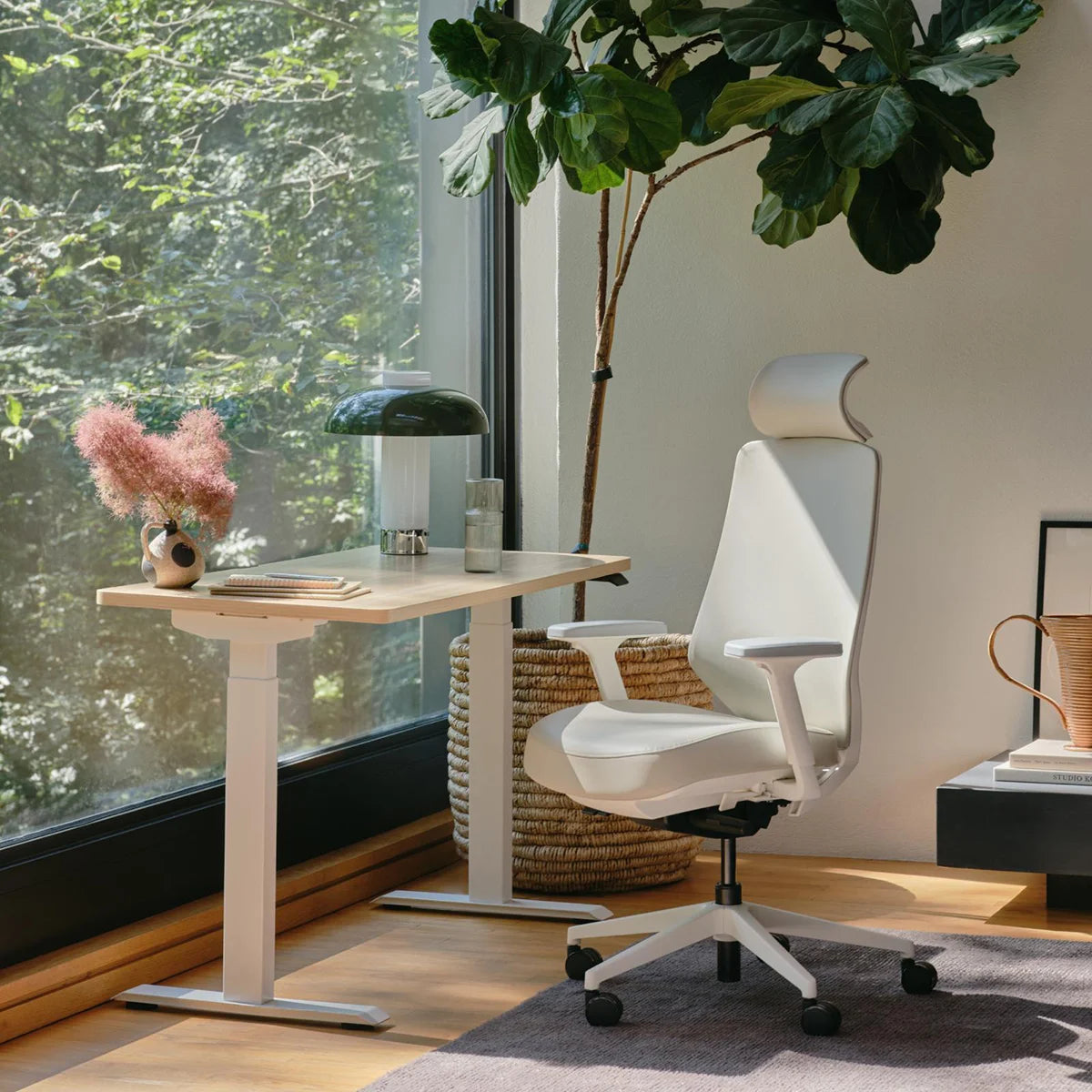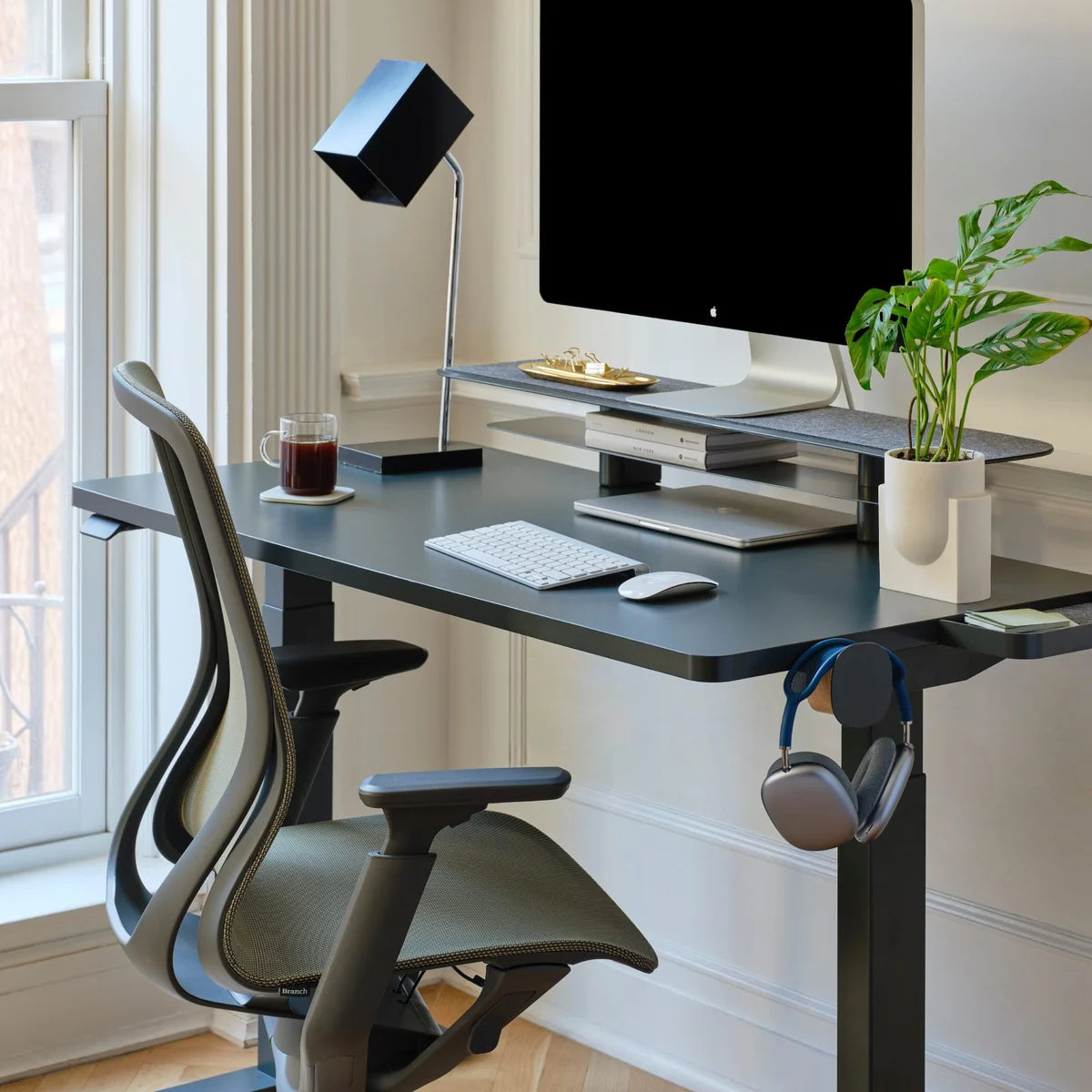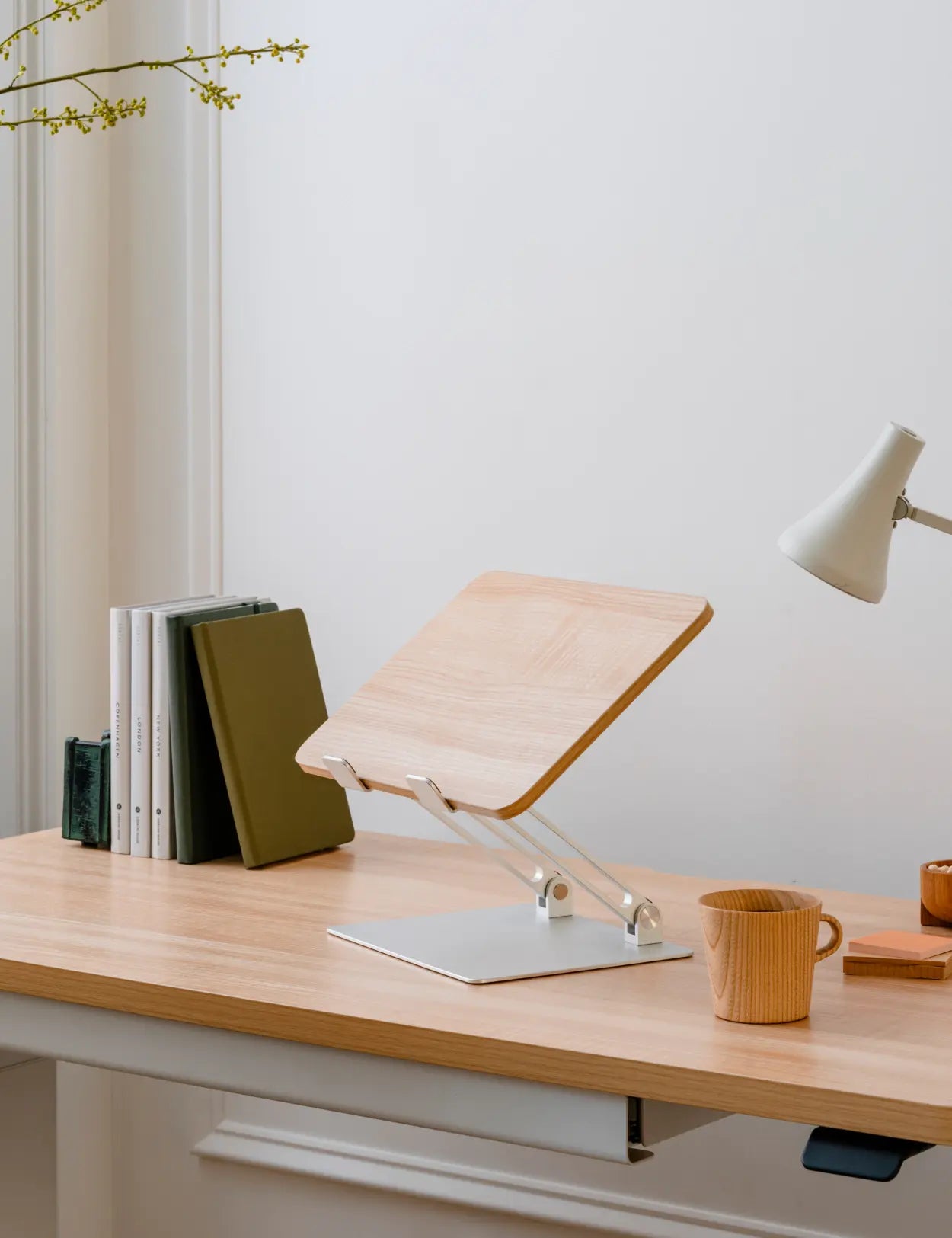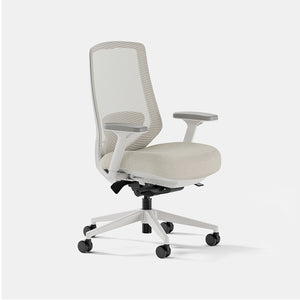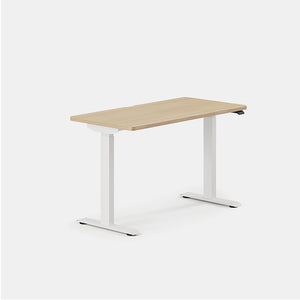Anyone who works an office job knows that the pressure of each day isn’t just limited to mental factors like looming deadlines or a hovering boss. In fact, the very act of sitting at a desk through the work week is probably the most strenuous part of office work, since it tends to have a compounding effect on each of the stressors that we’re more consciously aware of—as we remain in one position for hours at a time, fixated on our assignments and tasks, we often forget to take care of our personal health and well-being in the most fundamental ways, resulting in more physical and mental stress.
Usually, the duress caused by sitting at a desk for hours on end is initially manifested as a minor, surmountable irritation: a bit of lower back pain, a minor bout of carpal tunnel syndrome, or tightness between the shoulders are three of the most common conditions that can come from remaining in a seated position for many hours each week. But if they remain unaddressed, those subtle annoyances can grow into much larger, chronic problems in a matter of weeks.
Over the course of the past five years, several studies have demonstrated that habitually sitting for hours at a time without sufficient physical exertion can result in health impacts comparable to those caused by obesity and heavy smoking. This is seen most prominently in the disproportionate number of office workers who suffer from musculoskeletal disorders as a result of their physical position during the work week.
Fortunately, there are a few quick, simple antidotes that can help us overcome the physical and mental stress that comes from working at a desk for hours at a time, five days a week. First of all, 30-60 minutes of “moderately intense physical activity a day” can go a long way towards counteracting the negative impacts of sitting at a desk for long stretches of time. Second, the study of ergonomics provides clear guidance on how to sit (or stand) at a desk without causing undue physical stress—ergonomic office furniture, such as standing desks and customizable chairs, can go a long way towards minimizing the amount of tension placed on your joints and muscles.
But this article isn’t geared towards those solutions, each of which are vital but can still take a bit of time and money to properly implement. Rather, we’re going to look at a few stretches that together, offer the simplest, most straightforward way to address the physical travails of office work. Whether you work from home or at the office, all of the stretches listed below can easily be done at your desk, during short breaks that you set aside to tend to your physical health and well-being.
We chose these stretches based on their convenience and the fact that they focus primarily on the muscles and joints that experience the most stress from sitting for long periods of time. Here are our five favorite office stretches:





